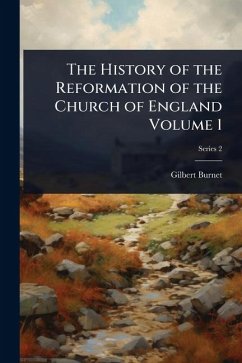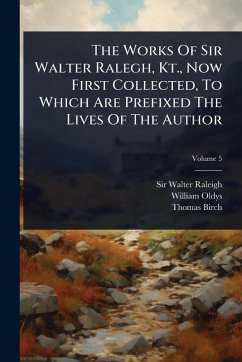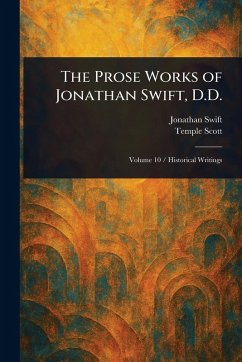
Works
Versandkostenfrei!
Versandfertig in über 4 Wochen
26,99 €
inkl. MwSt.
Weitere Ausgaben:

PAYBACK Punkte
13 °P sammeln!
This is Volume 2 of the collected "Works" of William Laud (1573-1645), Archbishop of Canterbury, a significant figure in the religious and political landscape of 17th-century England. Laud's career was marked by controversy as he sought to enforce religious uniformity within the Church of England, a policy that brought him into conflict with Puritans and Parliamentarians. This volume offers a comprehensive look at Laud's writings, sermons, and correspondence, providing valuable insights into his theological beliefs, his vision for the Church, and the events that shaped his tumultuous life. His...
This is Volume 2 of the collected "Works" of William Laud (1573-1645), Archbishop of Canterbury, a significant figure in the religious and political landscape of 17th-century England. Laud's career was marked by controversy as he sought to enforce religious uniformity within the Church of England, a policy that brought him into conflict with Puritans and Parliamentarians. This volume offers a comprehensive look at Laud's writings, sermons, and correspondence, providing valuable insights into his theological beliefs, his vision for the Church, and the events that shaped his tumultuous life. His policies are considered to be one of the main causes of the English Civil War. Students and scholars of English history, religious studies, and political thought will find this volume an invaluable resource for understanding one of the most influential and controversial figures of his time. This work has been selected by scholars as being culturally important, and is part of the knowledge base of civilization as we know it. This work was reproduced from the original artifact, and remains as true to the original work as possible. Therefore, you will see the original copyright references, library stamps (as most of these works have been housed in our most important libraries around the world), and other notations in the work. This work is in the public domain in the United States of America, and possibly other nations. Within the United States, you may freely copy and distribute this work, as no entity (individual or corporate) has a copyright on the body of the work. As a reproduction of a historical artifact, this work may contain missing or blurred pages, poor pictures, errant marks, etc. Scholars believe, and we concur, that this work is important enough to be preserved, reproduced, and made generally available to the public. We appreciate your support of the preservation process, and thank you for being an important part of keeping this knowledge alive and relevant.












